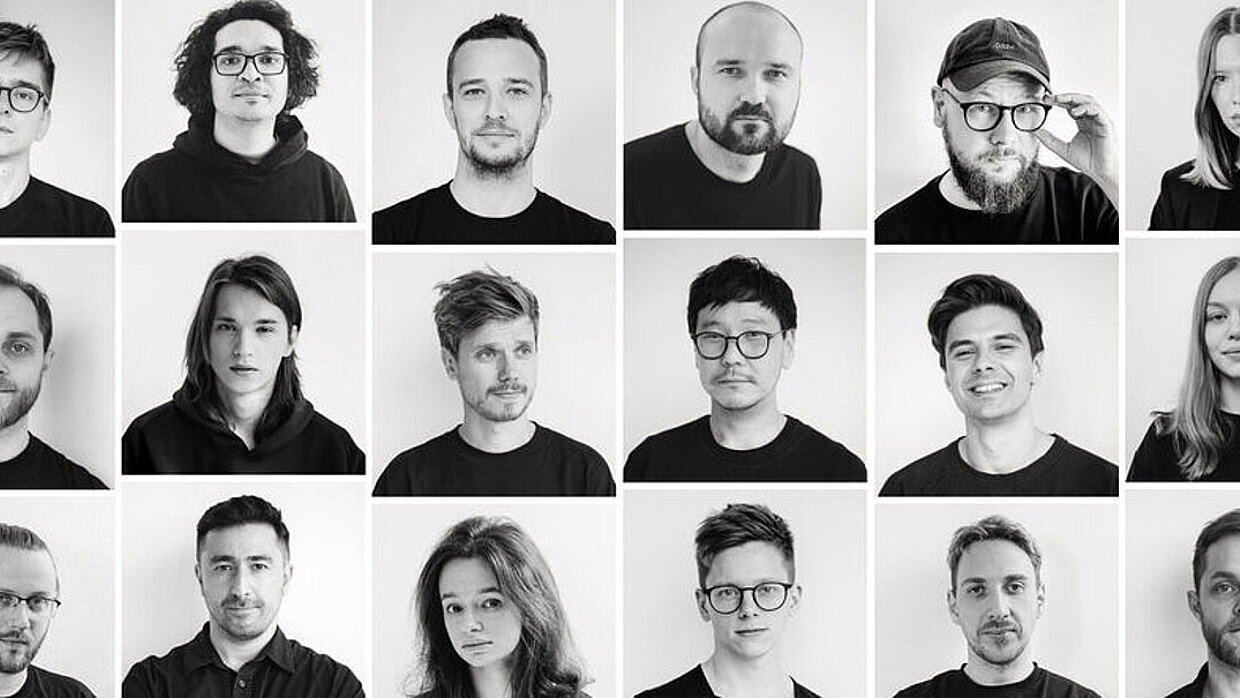
The introduction of Apple Vision Pro has not only brought with it unprecedented worlds of user experience – it has also opened up a new playing field for designers, blurring the boundaries between the digital and physical worlds. In collaboration with TOUR and under the technical direction of Quintar, Work & Co has realised the PGA TOUR Vision, one of the first applications for Apple Vision Pro and one that fascinates golf fans.
Interview with Work & Co
Red Dot: How exciting was it to develop one of the first applications for Apple Vision Pro?
Work & Co: When Apple launched a new type of spatial computing with the introduction of Apple Vision Pro earlier this year, the question was: How will companies respond to this fundamental change in perception and the new opportunities? The PGA TOUR, being no stranger in this field, knew it would create something unique and impactful with this technology. It was an extremely exciting opportunity to establish the PGA TOUR and Work & Co as pioneers in this field and we were able to seize the opportunity to explore these new technologies as part of our long-standing partnership.
What does PGA Tour Vision offer users?
PGA Tour Vision pushes the boundaries of experience design and offers golf fans unparalleled access to the game by seamlessly merging digital content with the physical world. Fans can utilise 2D windows, 3D hole models and immersive hole views to follow live tournaments. Thanks to visionOS, the user’s eyes and hands are in control with intuitive gestures such as simply moving their eyes, tapping to select or using a virtual keyboard. Apple Vision Pro is more than just a new device and a new platform within the PGA TOUR digital ecosystem. It’s a revolutionary step away from the limitations of flat interfaces and into a new era of intuitive experiences. PGA TOUR for Vision Pro brings together elements of motion design, AR/VR/XR, immersive video content and real-time data visualisation to transport fans directly to the heart of the action from the comfort of their own homes. It’s a game changer in how we watch and interact with our favourite sports.
What were the biggest challenges in the graphic realisation?
During development, our team had to consider aspects that are not taken into account in the design of conventional digital user interfaces. These include spatial awareness and factors such as depth perception and lighting conditions, eye and hand tracking for interface control, ergonomics and visual comfort for the user through glass morphism to seamlessly blend the user interface elements with real-world environments, and spatial audio tailored to the user’s environment


